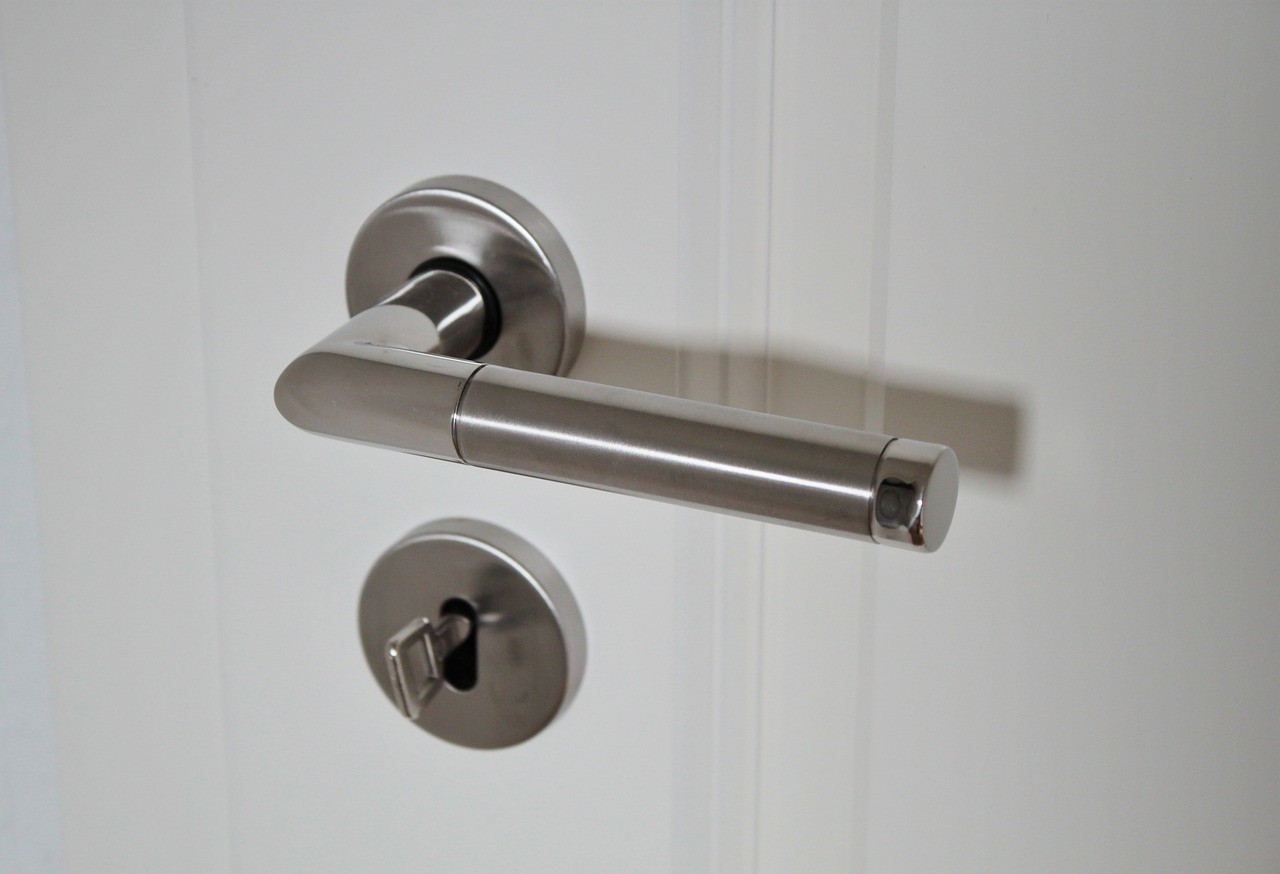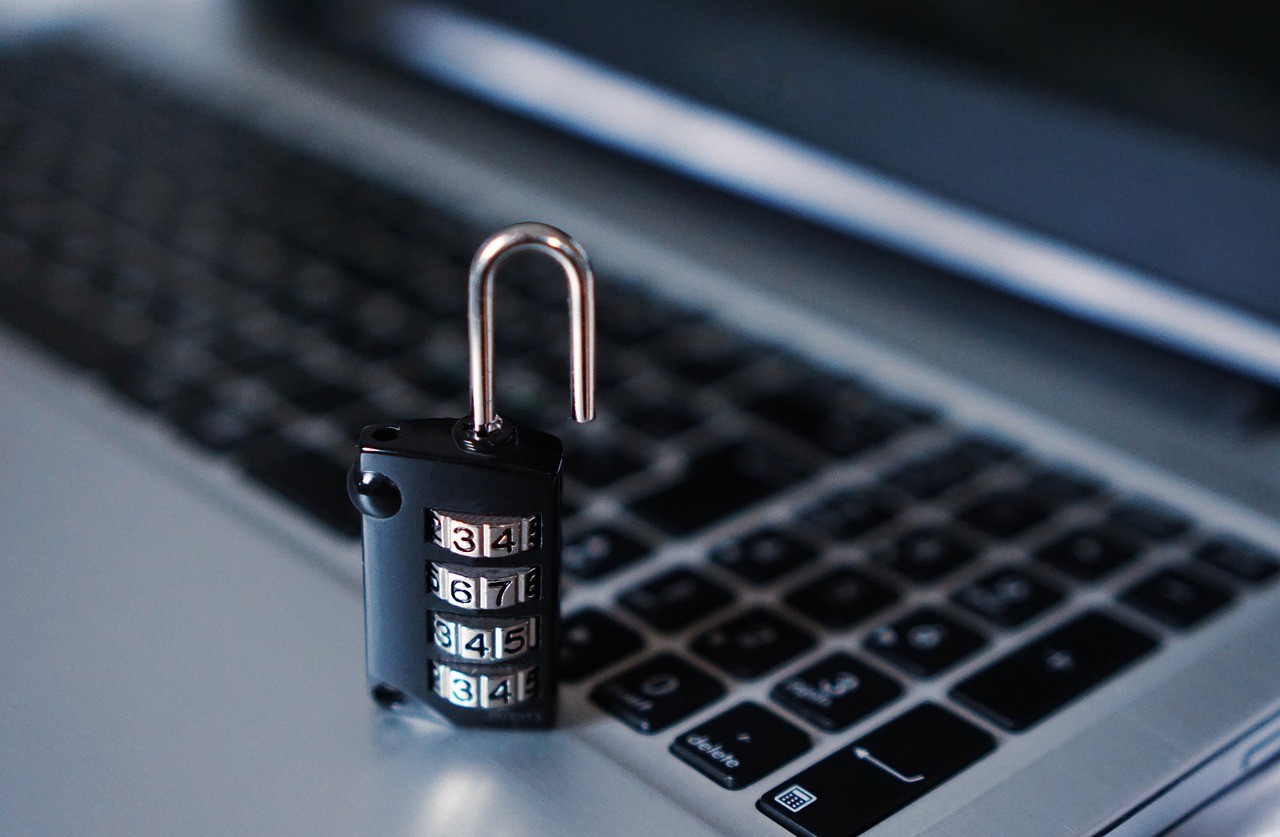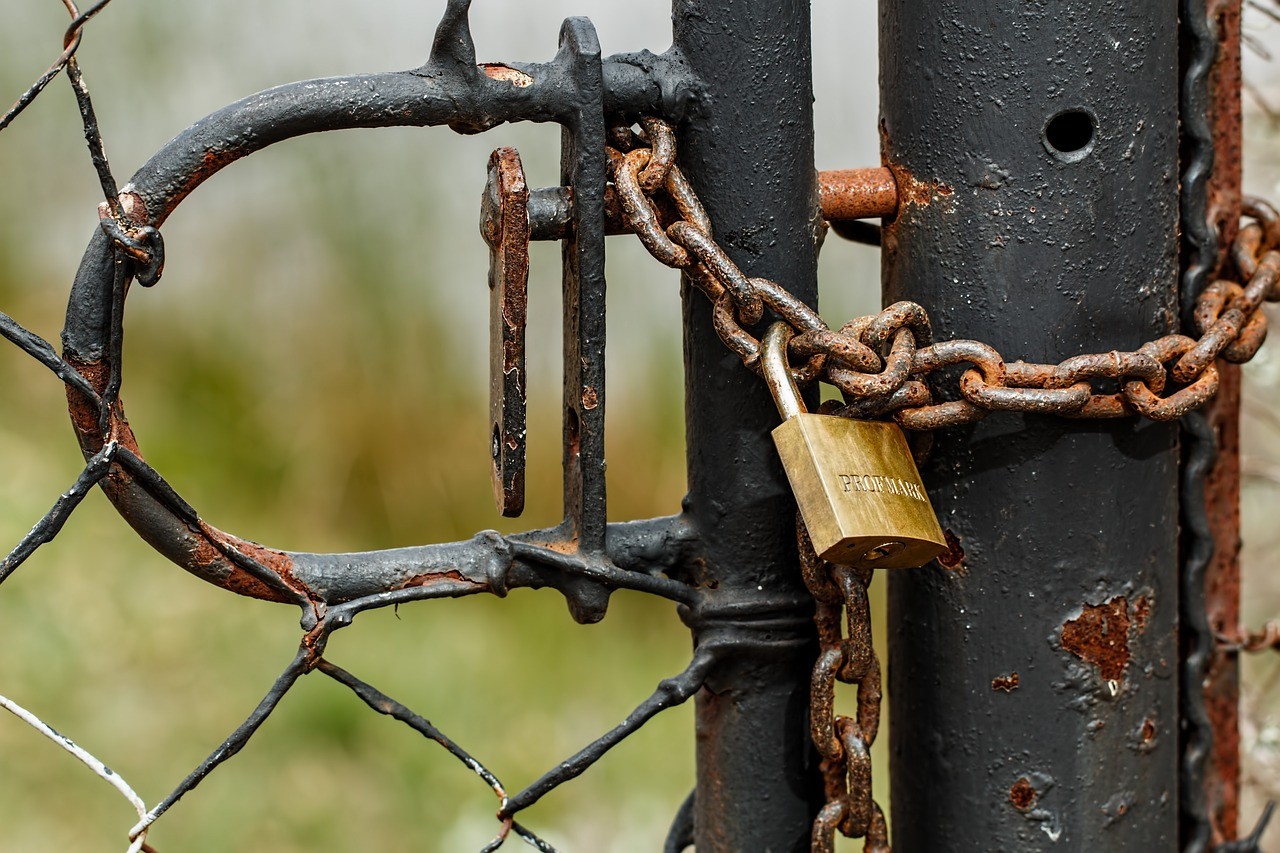If you take security seriously, and you should, you’ll want to install a high-quality and pick-resistant lock. However, unless you’re a locksmith or long-time homeowner, chances are you have questions, such as:
- ”What is a deadbolt lock?”
- ”What is a bump key?”
- ”How about keyless locks and other new technologies?”
We’re here to answer these questions and more. Let’s start with the basics of door locks and talk a little about each type.
When installing a door lock, going with an unpickable lock is a smart idea. The locks are strong and loaded with features to prevent drilling, picking, and illegal key duplication.
You see, in addition to preventing lock bumping, the most secure door locks don’t allow unauthorized key copies to be made. Some models even feature patented keyways, which means only the manufacturer can make the key.
High-quality door locks are also made of superior-strength materials. Not only are the locks heavier and more difficult to pry, but the screws are thicker and most are equipped with anti-theft features.
Deadbolt Locks
Deadbolt locks are by far the most common for home and apartment door security. The term “dead” refers to the lock’s use of a thick steel cylinder rather than springs.
There are two types of deadbolt locks: single-cylinder and double-cylinder. Single-cylinder deadbolts have an exterior key and an interior turn knob.
Double-cylinder deadbolts, on the other hand, operate via a key on both the outside and the inside. While this makes double-cylinder deadbolts more secure, it also makes them potentially dangerous during emergencies when you can’t find the key and need to get out in a hurry.
Keyless Locks
Keyless locks have been around for a while, but they began growing in popularity with more and more media coverage related to burglaries and lock bumping. Although there are many keyless locks, some still have key cylinders, which means they can still be bumped.
Nonetheless, there are several attributes of keyless locks that make them an option worth considering. From alarms and anti-theft rolling codes to garage door and system compatibility, they often utilize the latest lock technologies for advanced safety.
New Lock Technologies
Digital used to be cutting-edge, but now it’s the norm. The same applies to locks and lock technology. Today, there are door locks with fingerprint scanners, smart locks featuring Bluetooth deadbolts, and more! Choosing the right one depends on your budget, lifestyle, and specific needs.
How to Install in Your Home
If you’ve been shopping around for door locks and electronic door locks for homes, then chances are you already know how many options are out there and just how different they can be.
While some keyless door locks for a home can be quite tricky to program and set up, most are pretty easy to install. As long as the instructions are decent, you should be good to go.
That’s why we’re focusing this how-to on traditional mechanical home door locks. For most locks, here’s what you’ll need to get the job done right:
- Drill and bits
- Screwdriver
- Tape measure
- Hammer
- Chisel
- Safety glasses
Step One – Measure
Measure the holes cut into your door for the current lock to make sure the new lock you choose fits those dimensions. Most door knob holes are 2-1/8 inches, but it’s a good idea to take the knob off and measure anyways.
Also, make sure to measure from the end of the door to the hole’s center. This distance is commonly referred to as the “setback,” and most are 2-3/4 or 2-3/8 inches. Ideally, your new lock should have the same setback distance, but some locks have adjustable latches for both distances.
Step Two – Replace the Latch
The next step in installing a new home lock, even if you’re transforming your house into a keyless entry home, is to replace the latch. To do so, start by removing the doorknob screws on the inside of the door.
This will allow you to pull both the interior and exterior knobs off from both sides. When done, remove the screws from the latch plate and take the latch off of the opening.
Then, take the new latch and place it into the opening with the tapered edge facing towards the doorframe when closing the door. The new latch plate should nicely fit in the recessed opening and sit flush with the door.
Step Three – Install the New Knobs
The spindle is a long metal piece that protrudes from the exterior knob. It turns when the knob is turned and helps the bolt slide.
To install the knobs, simply slide the spindle through the latch opening, line up the long screws from the inside of the doorknob with the cylinders of the exterior knob, and give the screws a good tightening.
Lastly, remove the strike plate screws and install the new one in the same place and position. When finished, open and close the door a few times to make sure the knob turns as it should and the latch and strike plate are properly aligned.
Step Four – Install the New Deadbolt
The last step is to install the new deadbolt. However, you need to remove the old deadbolt first.
The process is the same as the process used to remove the knob. Simply remove the interior screws and the two screws along the edge of the door.
Then, remove the deadbolt.
With the old bolt removed, insert the new deadbolt through the opening along the edge of the door and use the provided screws to attach it. Next, feed the long metal piece protruding from the new lock through the opening in the middle of the new deadbolt.
Then, use the two long screws to attach the interior of the deadbolt lock. The screws should feed through the inside plate and the screw holes in the bolt, allowing them to slide into the exterior of the lock.
Make sure to thread the screws by hand first, then use a drill or screwdriver to tighten them. Lastly, snap the decorative outer plate in place, and voila. That’s all there is to it!



